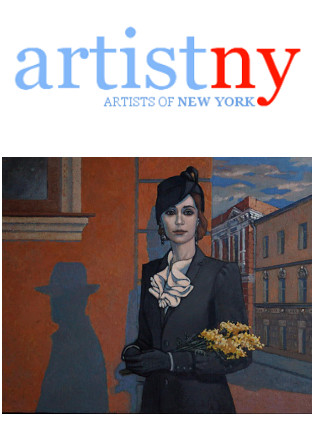As an artist, you may be wondering how to get galleries to represent your art and how to deal with rejection. Luckily there are a number of steps you can take to make your art gallery more appealing, and this article will tell you how!
There are a lot of galleries out there
The gallery is the storefront of your business. The gallery is a place where art buyers will come to see you and your work. This makes it imperative that you have an attractive physical space for displaying your creations. If you’re an artist, this could be your studio, or if you are a painter, this could be your studio as well (because painters have to show their work somewhere!). Galleries need to make money so they can keep renting space, putting on shows and showing their inventory.
The best way to find galleries in your area is through word of mouth from other artists or by searching on Google Maps for “gallery”.
How to get noticed by galleries
One way to get your art gallery represented is by getting your work in front of the right people. This includes not just uploading it to social media accounts but also contacting galleries directly. Make sure to follow up with them, too. It can be a bit nerve-wracking and time-consuming, so you may want to look into hiring an art publicist.
What is a gallery looking for when they get submissions?
When a gallery receives a submission from an artist, they generally take the following steps: deciding if it is worth their time, which art mediums are desired and how much space that artist has available. Then gallery decides to either contact the artist for more information or to reject them outright. This can often be difficult because galleries want to make sure that they not only represent artists who have a skill and style of art that will sell well, but also ones who are willing to work with them and show up for scheduled openings.
Checklist for the submission process
Making it big in the art world can be difficult, but with an understanding of how galleries work, you can make it happen. The first step is finding a gallery that will represent your work. This may seem daunting, but there are ways to find galleries through networking and online databases. The next step is submitting your portfolio to the gallery and following up to see if they’re interested in showing your work.
Considerations for working with a gallery
1. Exhibit your work in the gallery for some time.
2. Make an appointment to meet with a gallery representative.
3. Show your work, talk about it, and listen carefully to what they have to say about it.
4. Agree on terms before signing a contract with any galleries that interest you.
5. Find out if the gallery can represent you nationally or internationally and be sure they’re ready to do so before committing to them exclusively.
Conclusion
Finding a gallery is just the first step. You will need to take the appropriate steps to insure that your artwork is actually being displayed and for sale in the gallery. This means contacting artists, managers, and other galleries in your area.



